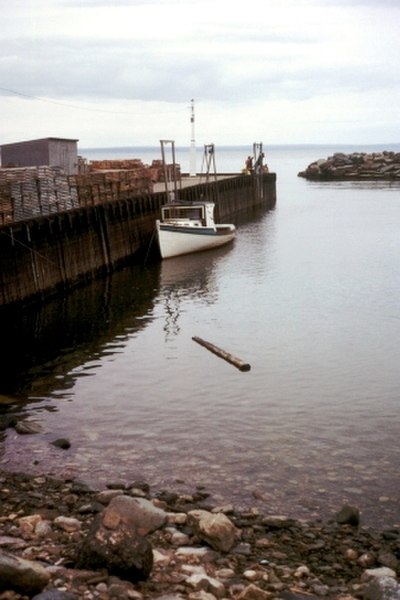The hydrosphere is the combined mass of water found on, under, and above the surface of a planet, minor planet, or natural satellite. Although Earth's hydrosphere has been around for about 4 billion years, it continues to change in shape. This is caused by seafloor spreading and continental drift, which rearranges the land and ocean.
The Earth captured in the Pacific Ocean side
Image: Watercyclesummary
Water is an inorganic compound with the chemical formula H2O. It is a transparent, tasteless, odorless, and nearly colorless chemical substance, and it is the main constituent of Earth's hydrosphere and the fluids of all known living organisms. It is vital for all known forms of life, despite not providing food energy or organic micronutrients. Its chemical formula, H2O, indicates that each of its molecules contains one oxygen and two hydrogen atoms, connected by covalent bonds. The hydrogen atoms are attached to the oxygen atom at an angle of 104.45°. In liquid form, H2O is also called "Water" at standard temperature and pressure.
Water
This pillow basalt on the seafloor near Hawaii was formed when magma extruded underwater. Other, much older pillow basalt formations provide evidence for large bodies of water long ago in Earth's history.
Specific heat capacity of water
High tide






